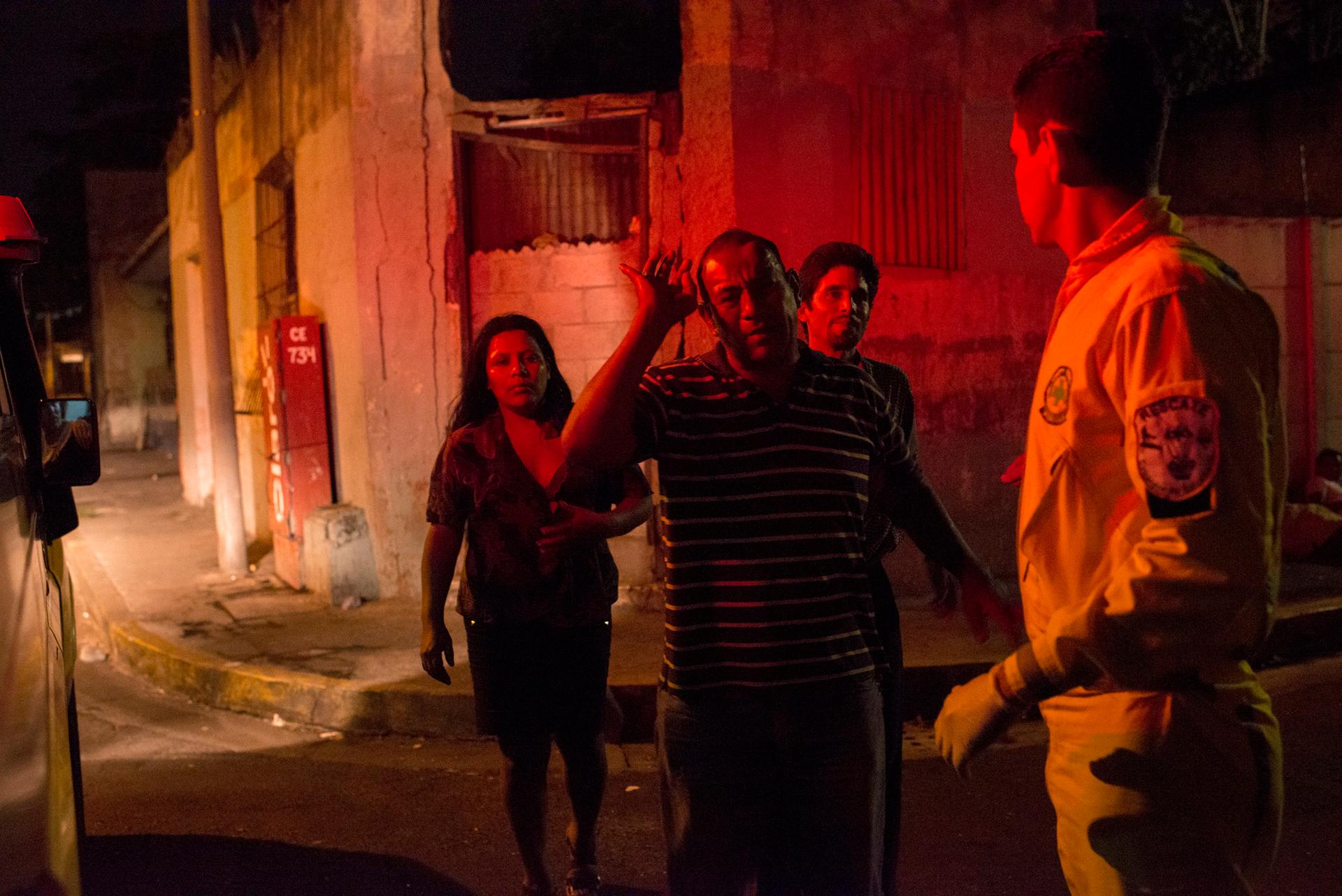El Salvador’s skyrocketing violence is being met by youth who risk their lives to treat victims
Volunteers with the Rescue Command treat a man who was robbed and attacked with a baseball in San Salvador.
It’s just before midnight on a Tuesday in San Salvador and 15-year-old Mauricio García is wearing a bright yellow uniform as he stands at a fenced parking lot, waiting for an alarm. If it goes off, it means he might end up at a crime scene in what is quickly becoming one the most dangerous cities in the hemisphere.
García may be a teenager on a school night, but he’s not at home. He prefers to spend his nights at the headquarters of Comandos de Salvamento, or The Rescue Command, a volunteer ambulance service that attracts a lot of young people from different parts of the city.
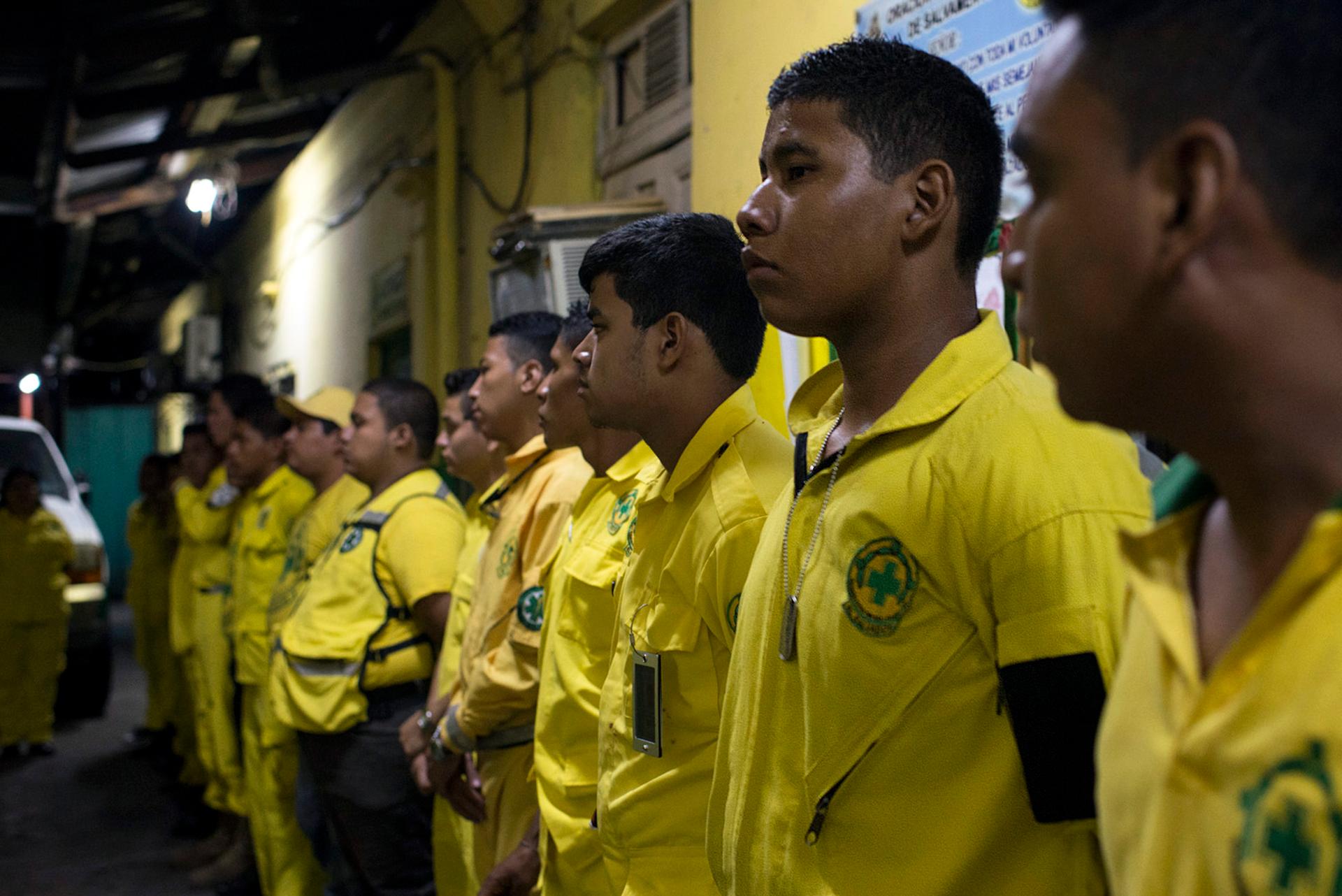
“I have a big day tomorrow so I stayed here to get a bit of rest. At home I often can’t rest, for the fear that something can happen. I feel safer here,” García explains.
Gang violence is skyrocketing in El Salvador. May finished with more than 600 murders, more than any previous month since the country's civil war that ended in the early 1990s. Young people are often the victims, but the members of the The Rescue Command are on the front lines in a different way. The volunteers sit lined up in the half open courtyard, watching some old movies on a TV screen. Some others have already decided to rest in a small room packed with bunk beds. In the office just next to them, the ones in charge for tonight keep control of the radio and listen for alarms. The ambulances are ready, but so far it’s been a quiet night.
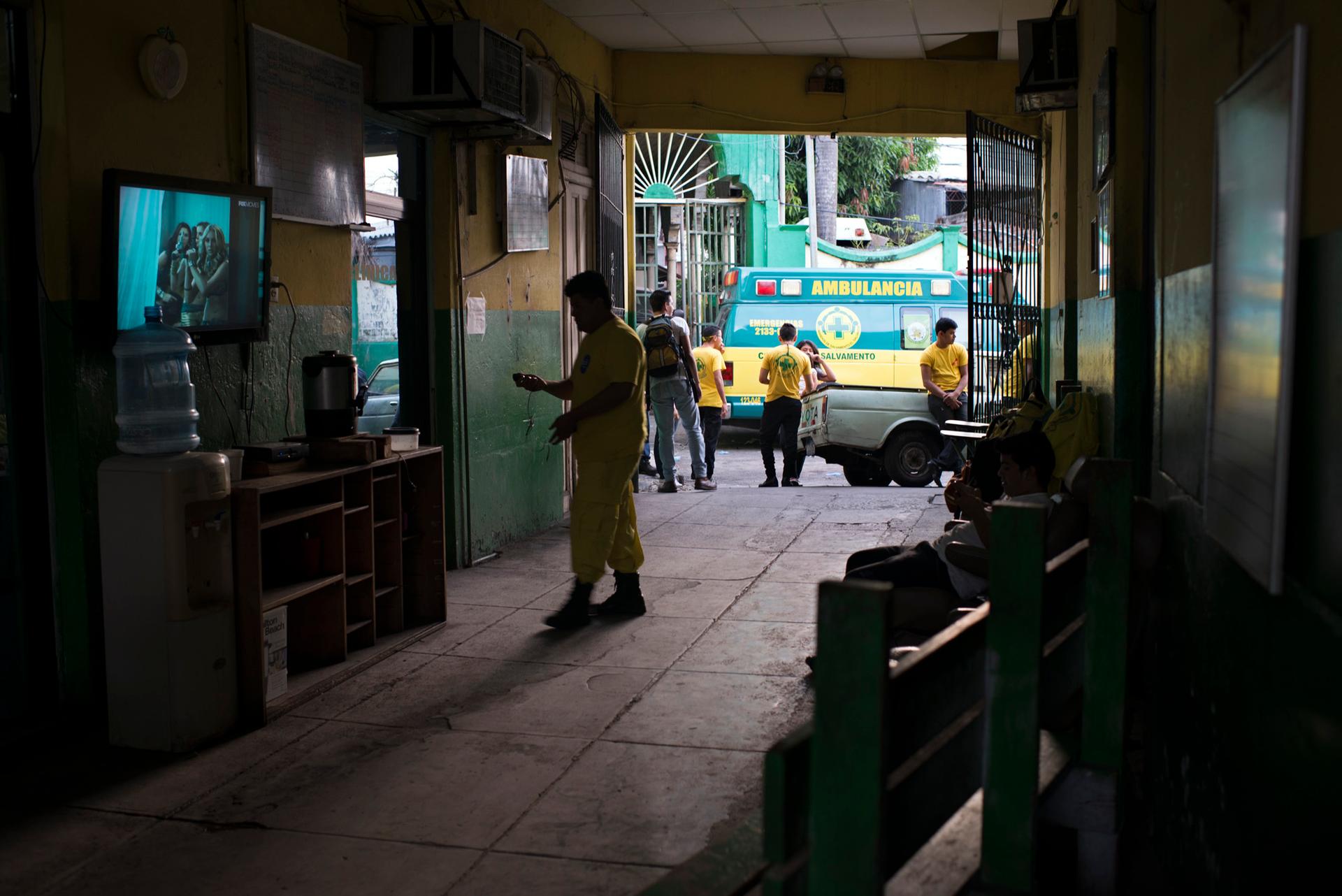
García lives in the area of Soyapango in San Salvador, a neighborhood infamous for gang violence. A frontline between two of Central America’s largest gangs, Barrio 18 and the Mara Salvatrucha, is two blocks from his house. When he's at home, he doesn’t like to go outside.
“I had a friend that was killed in a shooting between rival gangs. He was going to an event with the church and had the bad luck to be in the wrong place at the wrong time. We grew up together, so it hurt me a lot,” García says.
He started to come here three years ago because his brother and uncle were already volunteering.
“They said it was good here, but I mostly came because of the situation with crime and violence. And I like to help people.”
The Rescue Command was founded in 1960, but grew during the Salvadoran civil war between 1980 and 1992.
“The violence during the war was in some way controlled, but now the insecurity is everywhere,” says Francisco Campo, vice president of The Rescue Command, who has been part of the organization since the early 80s. “We look at one of the world’s most violent countries and I cannot see the government doing anything important to achieve security for the Salvadoran people.”
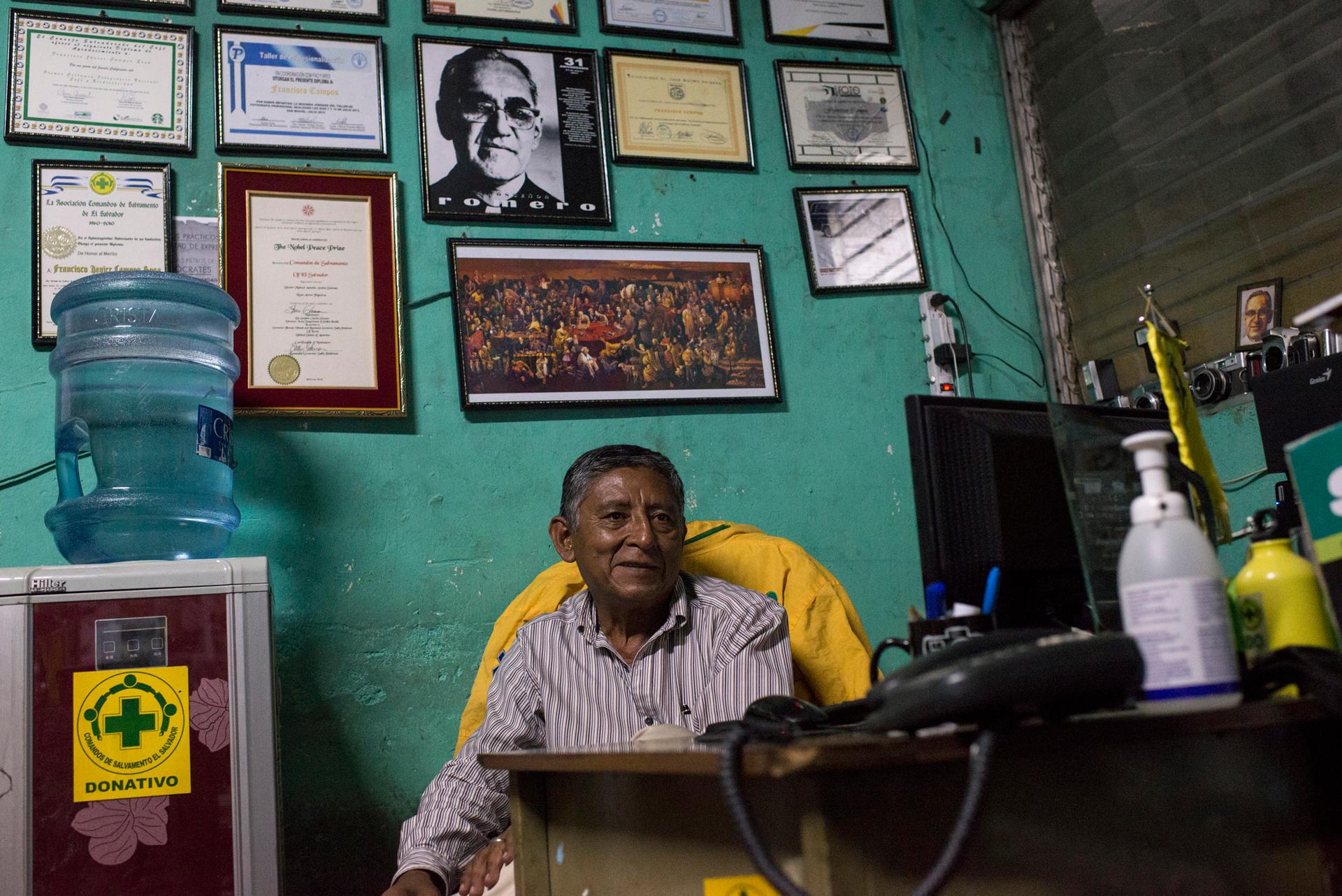
The last months have been some of the bloodiest in El Salvador since the civil war. In March, an average of 16 people were killed every day, in May the number spiked to 21, according to authorities. With a population of just 6.1 million people, El Salvador is likely to pass Honduras this year as the world’s most violent country outside of a war zone.
“As long as the government doesn’t have a plan on how to handle the gangs, the situation will worsen. It’s hard to imagine peace in this country. In short term, I don’t think we have that possibility,” Campo says.
The Rescue Command has about 3,000 volunteers, about half of them in the capital area. People come and go according to the time they have. Many, like García, are students from neighborhoods that are known to be violent.
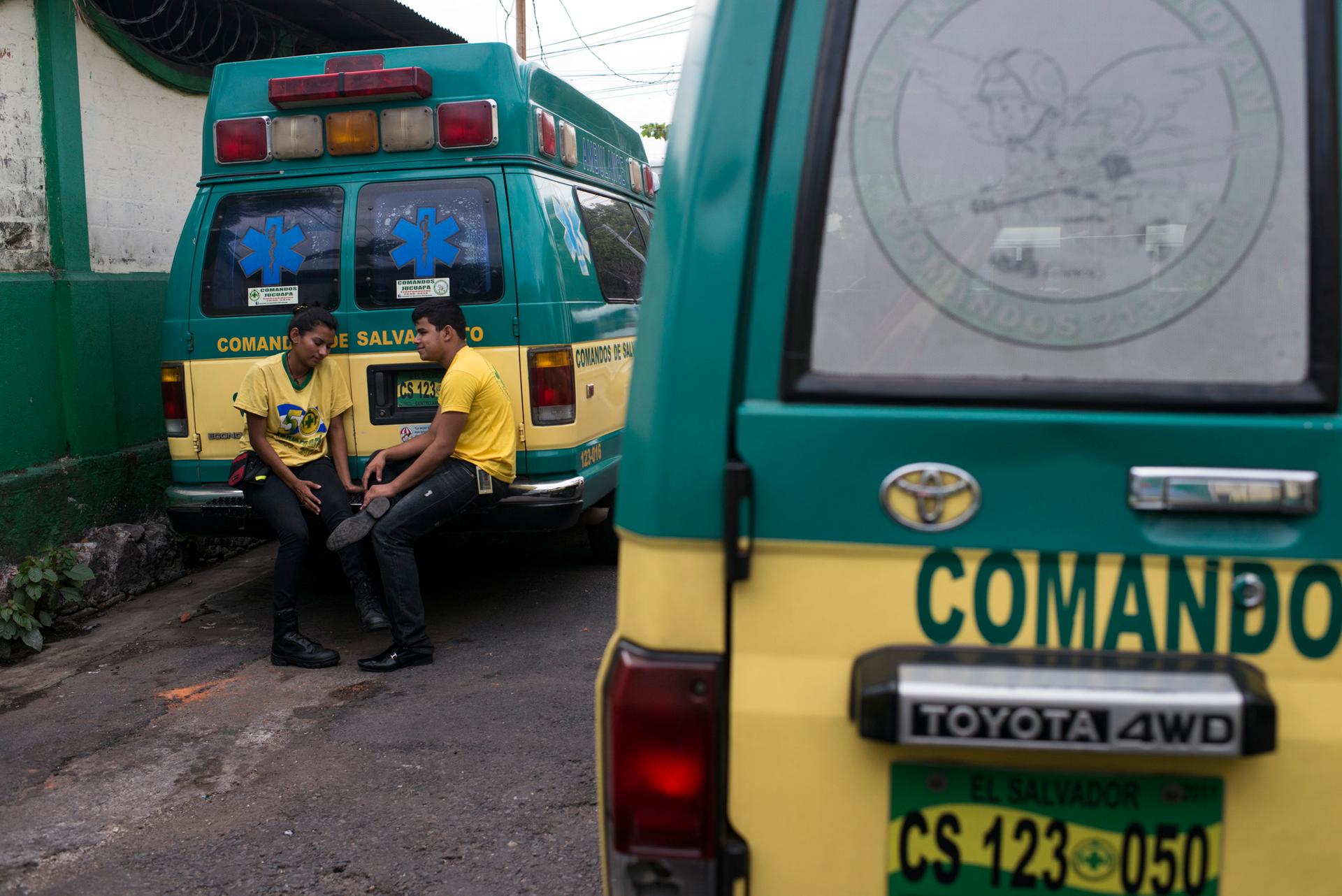
Roselva Melgar is 21 and spends two or three nights a week with the organization. She wants to be a doctor and sees the Rescue Command as a way to stay out of trouble.
“There are people who get involved in this institution not to have to deal with the wrong people or to get out of a situation that can lead to your death. It’s better to be here and serve the people,” she says.
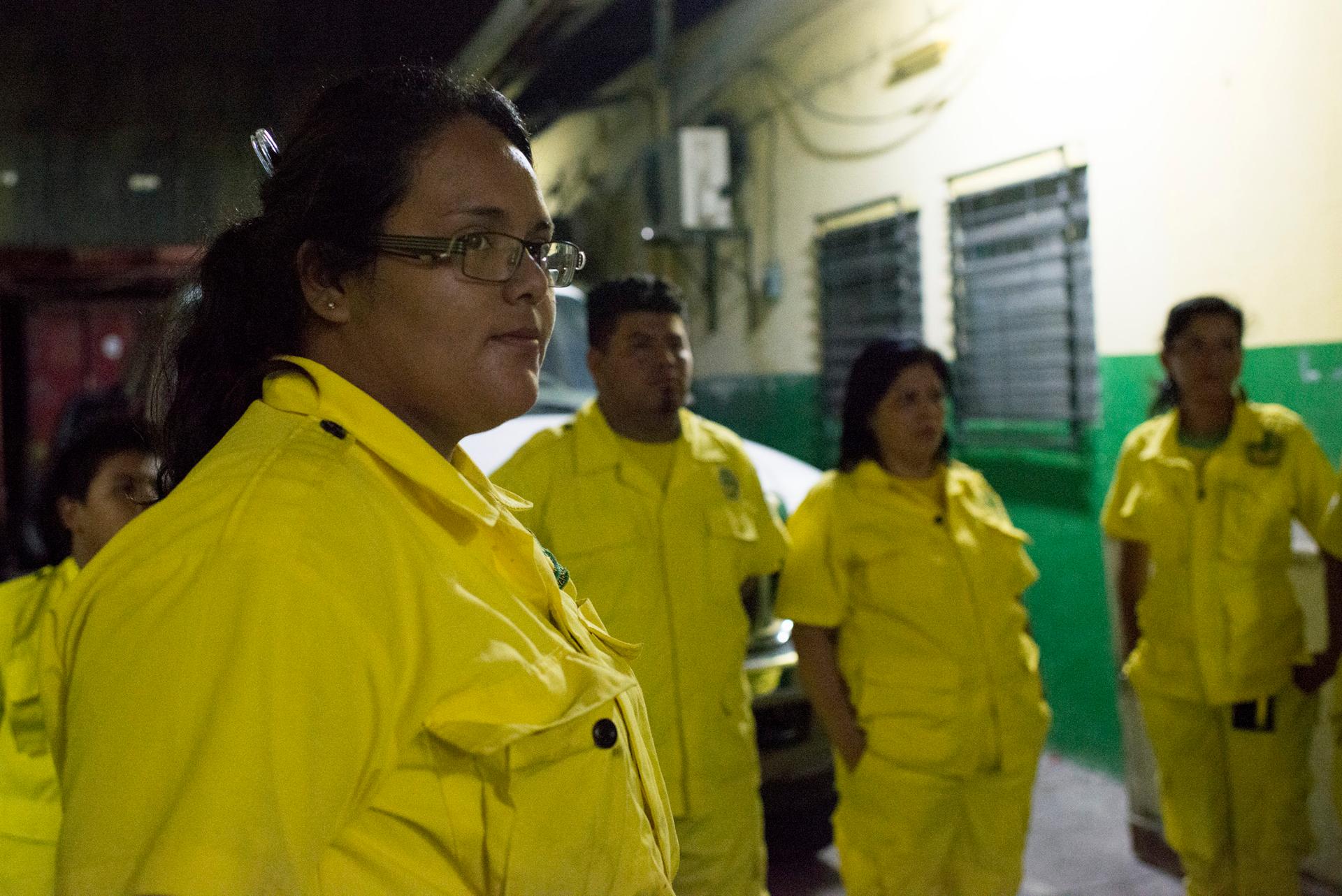
The young volunteers can be sent to any kind of emergency scene, including traffic accidents, shootings and murders. They have training in first aid and depending on what’s needed, bring the wounded to a local health center or a hospital.
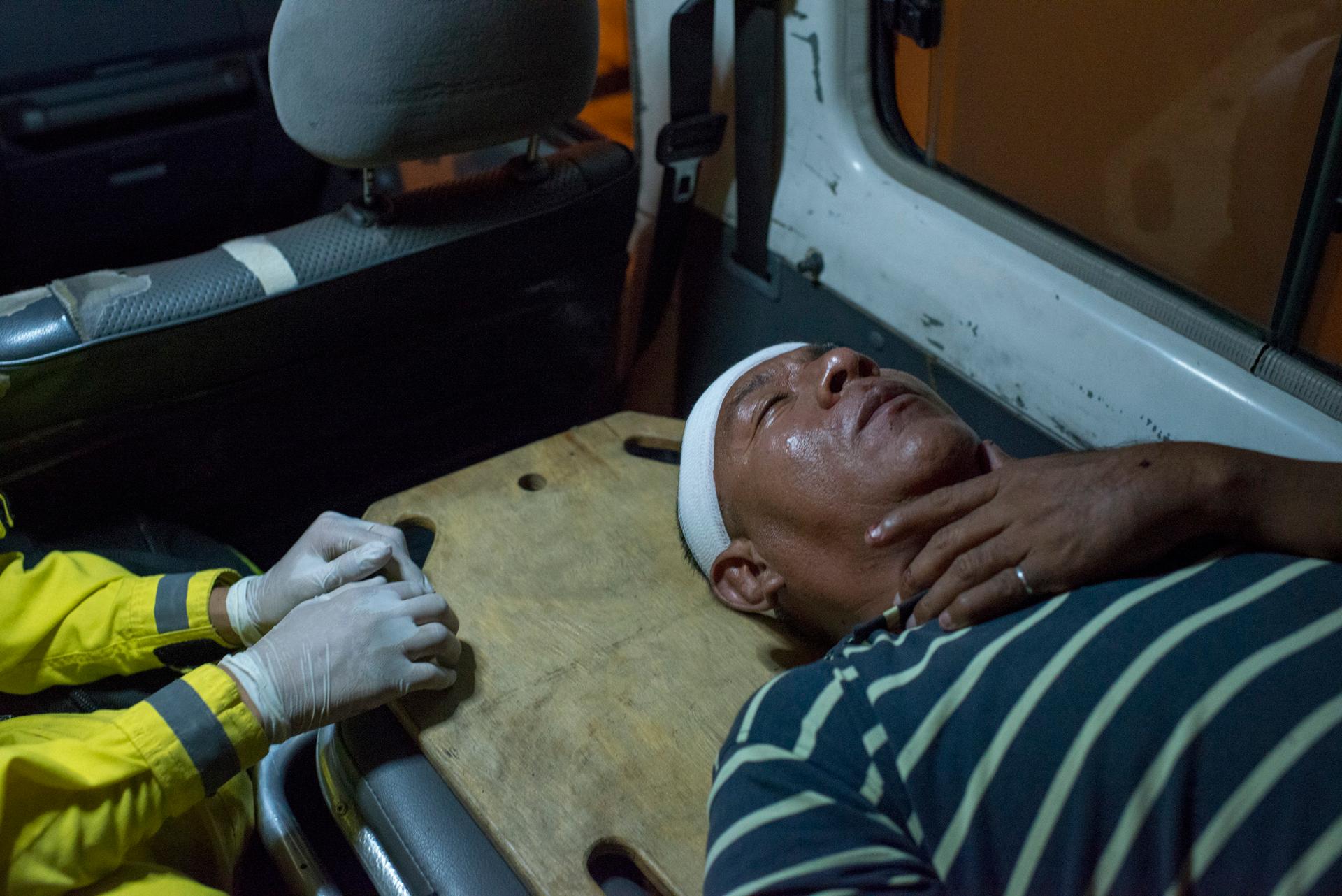
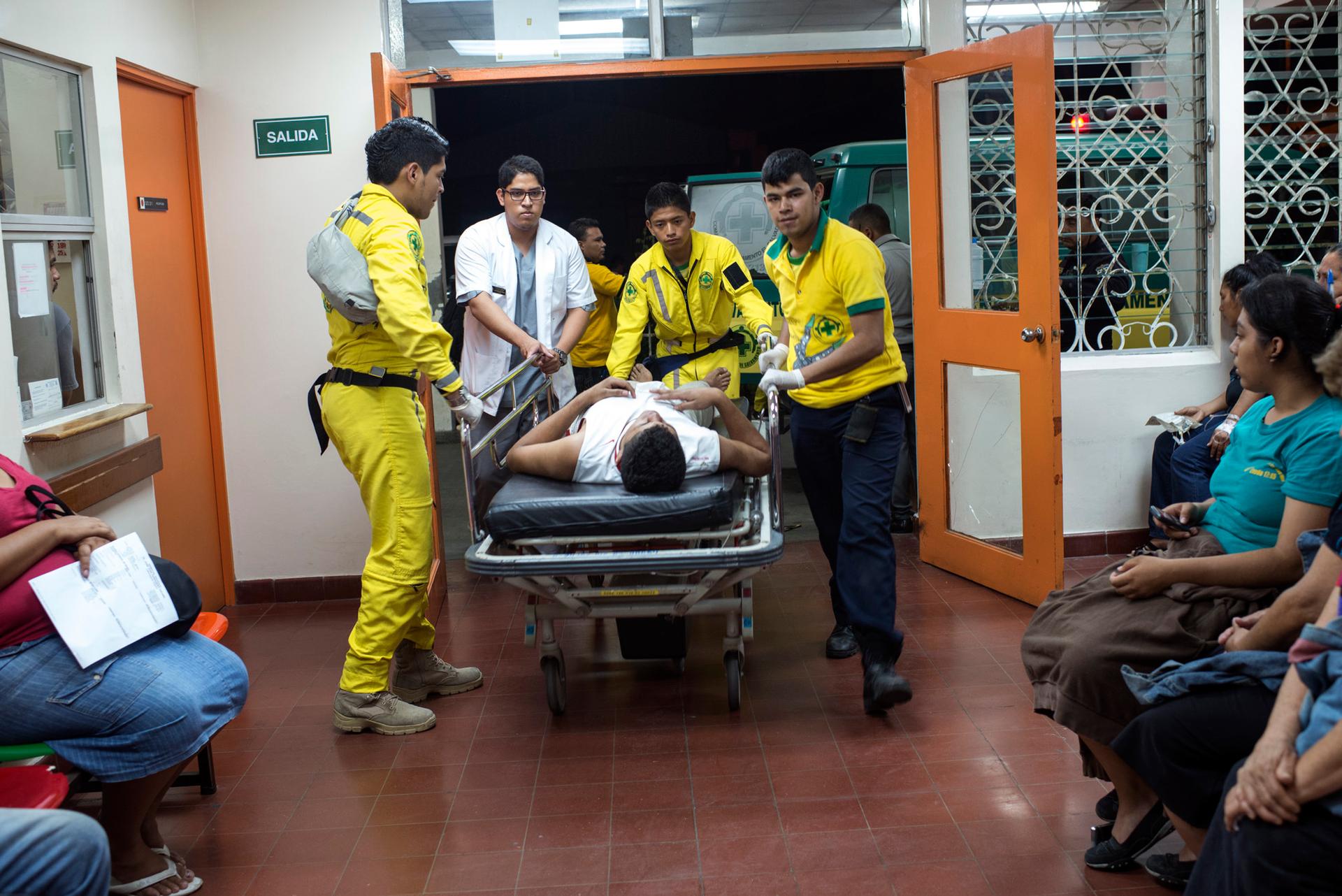
Their bright yellow uniforms are well-known and they usually can do their work without being interrupted, even in gang controlled areas. But the uniform is no guarantee of safety.
“Sometimes they threaten us and as a woman they might look at you as someone less worthy or — I don’t know, but it’s certainly not a nice look,” says Melgar.
She has been robbed herself and says that as a young woman, you need to be even more careful. The amount of murders has spiked, but so have kidnappings and rape.
“Sometimes I’m afraid to go out, as you never know if you will come back and see your family again. The government really should do something,” she says.
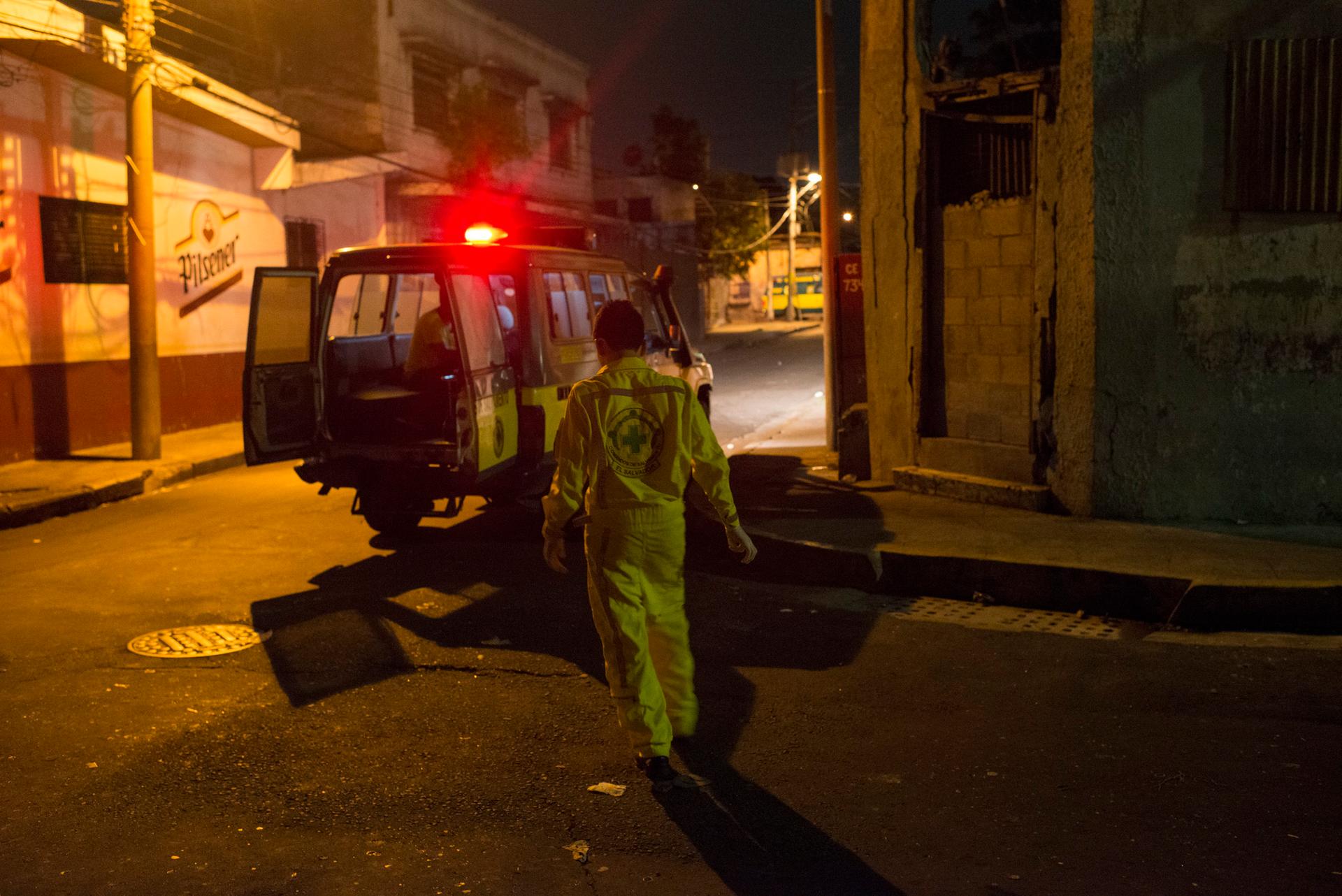
The story you just read is accessible and free to all because thousands of listeners and readers contribute to our nonprofit newsroom. We go deep to bring you the human-centered international reporting that you know you can trust. To do this work and to do it well, we rely on the support of our listeners. If you appreciated our coverage this year, if there was a story that made you pause or a song that moved you, would you consider making a gift to sustain our work through 2024 and beyond?
